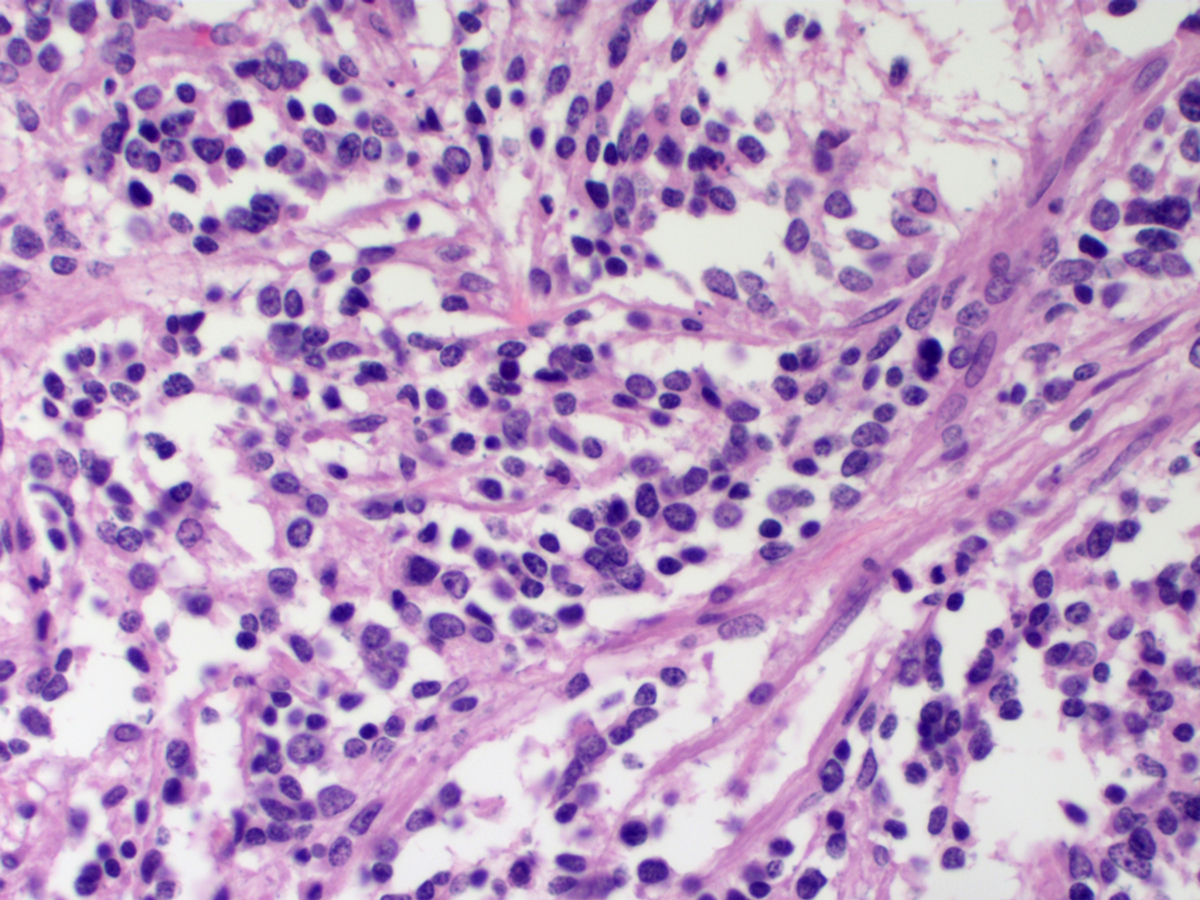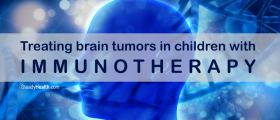
Neuroblastoma-Overview
This is a type of cancer in which the malignant cells form in the nerve tissue of the neck, adrenal gland, chest, or spinal cord. Neuroblastoma most commonly arises in and around the adrenal glands, which have similar origins to nerve cells and sit atop the kidneys (and their function is primarily in producing hormones that control the heart rate, blood sugar, blood pressure, etc.). However, neuroblastoma can also develop in these other areas.
Neuroblastoma affects children age of 5 or younger, however it may occur, but rarely, in older children. It sometimes forms before birth but is typically found later, when the tumor begins to grow and cause symptoms. In rare cases, neuroblastoma may be found before birth by an ultrasound.
Neuroblastoma in some cases disappears on its own without treatment, but more often than not, it needs to be treated.Cancer begins when some of the cells in the body become abnormal and start to grow out of control. However, the exact cause of this is unknown.
Symptoms
The most common symptoms of this disease are: bone pain, lump in the abdomen, neck, or chest; bulging eyes, trouble breathing, painless, blush lumps under the skin, swollen stomach, dark circles around the eyes, weakness or paralysis, fever, diarrhea, swelling of the ankles, feet and legs, bruising easily, and jerky muscle movements, etc.
It’s important that a doctor is consulted as soon as the first symptoms have presented themselves. This is a very serious condition and, if left untreated, may lead to other complications, such as metastasis (spreading of the cancer to other body parts), spinal cord compression (which, in turn, may lead to paralysis), etc.
Neuroblastoma Survival Rate
Survival rate in neuroblastoma depends on variables such as children’s age and the stage of the disease, and in past years prognosis of the patients has improved.The following 5-year relative survival rate chart is made according to different stages of this type of cancer.
Stage I. In this stage, the cancer is limited to the area where it began, and the survival rate is 90% and more.
Stage II (A). The cancer is in the area where it began, but all visible tumors cannot be removed by a surgery. Survival rate is from 75 to 90%.
Stage II (B). The cancer is still in the area where it began, but it is very difficult to determine whether the tumors can be removed totally by a surgery or not. The survival rate is estimated to be from 50 to 70% for infants and 80% for children above 1 year.
Stage III. The cancer has started to metastasize. It's almost impossible to remove the tumors by performing surgery. The survival rate is from 50 to 70% for infants and 80% for children above 1 year.
Stage IV. The cancer has started to spread to the other parts of the body, including the liver, bone marrow, etc. The survival rate is from 50 to 80%.
Stage IV (S). The cancer is spreading in one side of the body. It has even reached the bone marrow, but less than 10 percent of the cells are affected. Neuroblastoma at this stage sometimes goes away on its own, and babies with this stage have a good chance of recovery.Treatment
It is necessary that one consults a doctor so that the best treatment course is chosen. The treatment of neuroblastoma may include radiation therapy, chemotherapy, surgery, and stem cell transplant.

















Your thoughts on this
Loading...